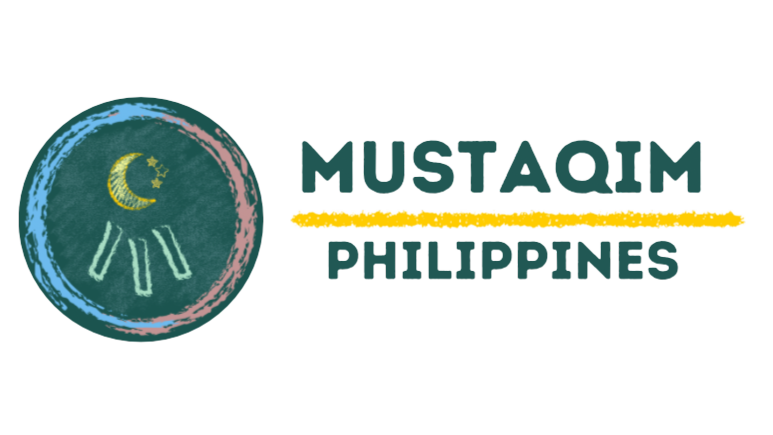Maranao, Maranao, or M’ranao means “lake dwellers” or the native people living around Lake-Lanao in Bukidnon-Lanao Plateau. Maranao tribe is the largest Muslim tribe in the Philippines, and Marawi City is known as an Islamic city and is home to most of the Maranao tribe. They inhabit around Lake Lanao in West-central Mindanao, where they numbered about 840,000 in the late twentieth century. Immigration of the people from other parts of the Philippines to the land of the Maranaos leaves them with no choice but to move somewhere else, into their neighboring provinces, and even into Manila.
Maranao is a breakaway group of Maguindanao who converted
to Islam; all families can trace their religious roots back to Sharif Kabunsuan, who brought and introduce Islam to the inhabitants of the area. Communities are centered on a mosque and a torogan. Maranao’s royal residence was the torogan a resting or sleeping place, it is a traditional house, a home to the Sultan, his wives, children, and servants of the Maranao. It is built by the local people and it is the most spectacular Filipino secular architecture. However, torogan is not just a home; it also serves as a communal house where the community’s businesses are conducted.
Ancient Maranao believes in legendary stories. They believed that tonong, an invisible being, protects them from illness and protects their crops from pests. Traditional Maranao feeds the tonong with food and betel nuts placed in a lamin, a three feet long box wrapped in yellow clothe and hung from a house beam. The tonong believes to have different names, other spirits or the unseen creatures, such are: inikadowa, person’s invisible double; arowak, souls of the dead who visit their kin on Muslim holidays; gagamoten, a human poisoner; langgam, a ghoul who eats the flesh of fresh corpses; balbal, the one that splits their body in half, the upper body that flies while the lower body part is left at home. These beliefs, later on, were neglected by the Maranao individuals who have gone abroad to study and learn more about the teachings of Islam.
Maranao is known for its sophisticated textiles, woodcraft, and metalworks. Maranao textiles are famous for their colorful and flowery designs. The motifs woven into the fabric and the richness of the colors used as well as the materials used in Maranao textiles symbolize the socio-economic rank of the person who wears it. Malong an item of versatile clothing is a sample of a Maranao textile that can be worn by all genders and classes, it is made of silk or cotton and is often used on special occasions. It also comes with different varieties, landap, andon and plaids. The yellow malong is considered to be royal. The awang, or dugout boat, is used in Lake Lanao is one of the most unusual and decorative dugouts in the world, it is hewn out of one big log. Small Awangs are used for fishing while the bigger one is used for transportation around the lake. Their arts and crafts are easily recognizable due to the pattern that they usually use, the okir or okkil, an organic flowering and branching motif, a traditional motif that Maranao artists are using. Aside from okir they also have different designs, niaganaga, a stylized dragon; pako rabong, represent a growing fern; sari-manok, a stylized bird.
Formerly, Maranao young lads and lass must be equipped with knowledge and skills by the time they are already qualified to get married. Such are playing instruments, kulintang, and kalilang ensembles; dancing singkil, was once required for aristocratic girls. Singkil is performed with two pairs of bamboo poles, while the performer steps in and out of the crossed bamboo poles, she would maintain a grave expression and her waving a hand fan. Sagayan, is a male war dance. Kambayoka, an all-night contest in oratorical singing, is usually held as part of the celebrations of the high-status people; they also have darangen an ancient epic song that encompasses the wealth of knowledge of the Maranao people.
Maranao tribe is one of those tribes that protect their cultural practices from the influence of the modern practices of the present times, and preserve their traditional practices for their future generation to be able to witness the beauty and the colors of their tribe.
References:
de Jong, R. (2010). The Maranao Tribe from Lake Lanao | ThingsAsian. Retrieved 19 July 2021, from http://thingsasian.com/story/maranao-tribe-lake-lanao
Britannica, T. Editors of Encyclopaedia (2016). Maranao. Encyclopedia Britannica. https://www.britannica.com/topic/Maranao
“Maranao” World mark Encyclopedia of Cultures and Daily Life. Retrieved June 16, 2021 from Encyclopedia.com: https://www.encyclopedia.com/humanities/encyclopedias-almanacs-transcripts-and-maps/maranao-0
Maranao | Ethnic Groups of the Philippines. Retrieved 19 July 2021, from http://www.ethnicgroupsphilippines.com/people/ethnic-groups-in-the-philippines/maranao/
MERANAO – Bureau on Cultural Heritage – BARMM. (2019). Retrieved 19 July 2021, from https://bch.bangsamoro.gov.ph/bangsamoro-cultural-heritage/bangsamoro-tribes-muslim/meranao/
UNESCO – Darangen epic of the Maranao people of Lake Lanao. (2008). Retrieved 19 July 2021, from https://ich.unesco.org/en/RL/darangen-epic-of-the-maranao-people-of-lake-lanao-00159
